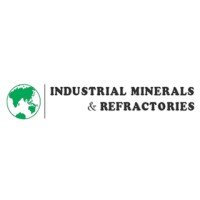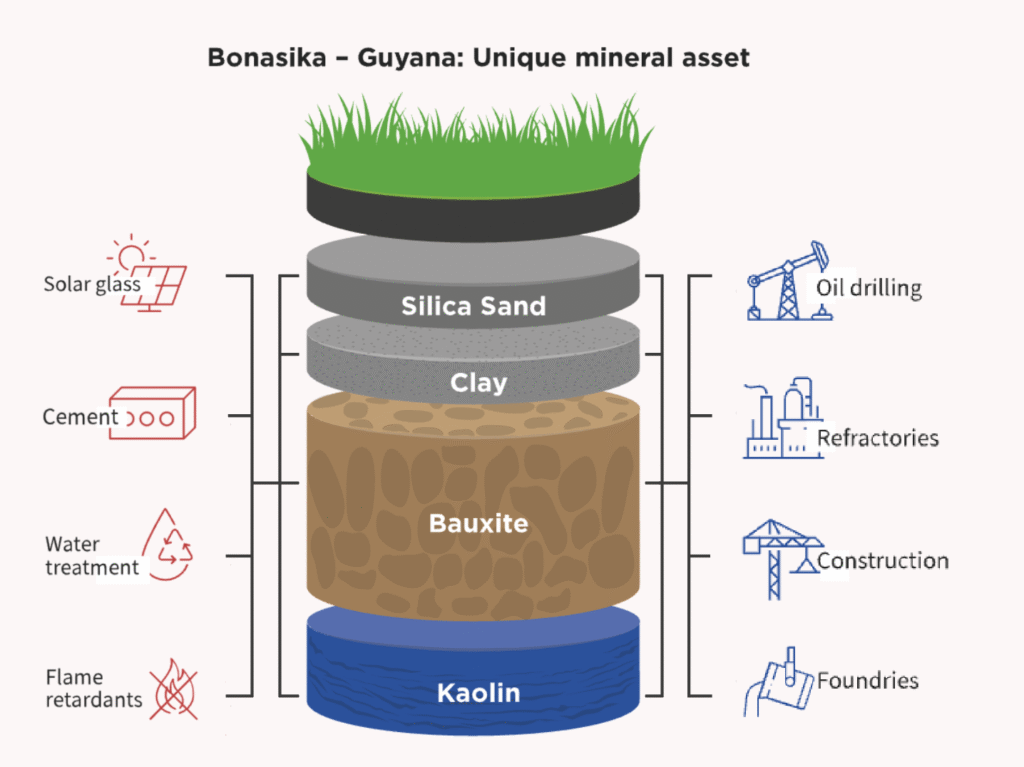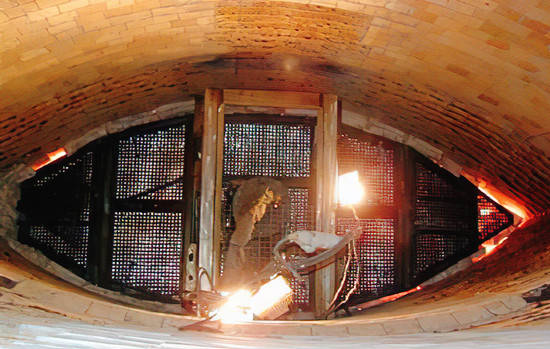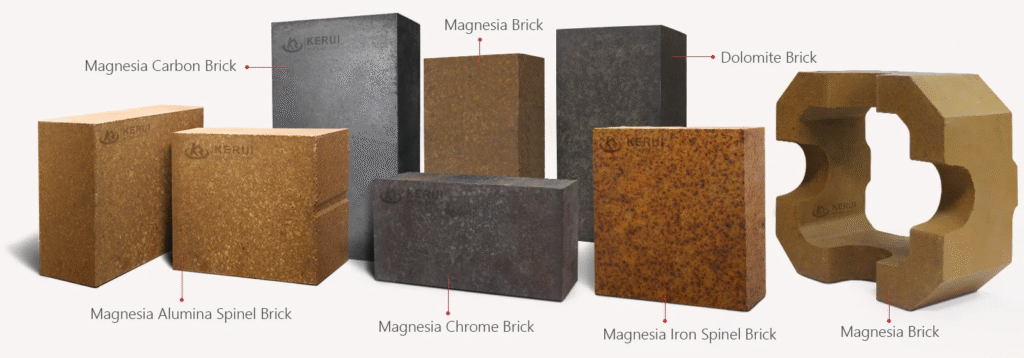Industrial Minerals & Refractories

In the world of heavy industry, few materials are as essential as industrial minerals and refractories . These specialized substances form the backbone of high-temperature applications in sectors such as steelmaking, cement production, glass manufacturing, petrochemical refining, and ceramics .
Understanding the connection between industrial minerals — the raw natural resources — and refractories — the engineered products made from them — is key to ensuring efficiency, safety, and durability in extreme environments.
🧱 What Are Industrial Minerals?
Industrial minerals are naturally occurring, non-metallic minerals used for their physical and chemical properties rather than for metal extraction or fuel value.
Common examples include:
- Kaolin (clay)
- Bauxite
- Silica (quartz)
- Magnesite
- Dolomite
- Talc
- Feldspar
These minerals serve as primary feedstocks for producing refractory materials due to their heat resistance, low thermal expansion, and chemical stability.

🔥 What Are Refractories?
Refractories are heat-resistant materials designed to withstand extreme temperatures (up to 1,800°C+) , thermal shock, corrosion, and mechanical stress. They line industrial furnaces, kilns, reactors, and incinerators to protect equipment and maintain process efficiency.
Refractories are classified into three main types:
| Alumina-Silica | Kaolin, fireclay, silica | Steel ladles, boilers, glass tanks |
| Basic (Magnesia-Based) | Magnesite, dolomite | Steel converters, cement kilns |
| Specialty | Zirconia, silicon carbide | Aerospace, advanced ceramics |
These are available in shaped (bricks) and unshaped (castables, gunning mixes) forms.

⚙️ How Industrial Minerals Enable Refractory Performance
The quality of refractories depends directly on the purity, grain size, and composition of the industrial minerals used:
- Kaolin & Fireclay : Provide excellent thermal shock resistance — ideal for boiler linings.
- Bauxite (high-alumina) : Offers superior strength and slag resistance in steel plants.
- Silica : Used in acidic environments like glass melting tanks.
- Magnesite : Resists basic slags in oxygen converters and electric arc furnaces.
- Dolomite : An affordable alternative to magnesia in cement kiln linings.
By selecting the right mineral base, manufacturers can tailor refractories for specific temperature ranges, chemical exposures, and mechanical demands.

❓ Frequently Asked Questions (FAQs)
Q: What is the relationship between industrial minerals and refractories?
A: Industrial minerals like bauxite, kaolin, and magnesite are the raw materials used to manufacture refractory products that resist high heat and corrosion in industrial processes.
Q: Where are refractories used in industry?
A: They are essential in steelmaking furnaces, cement kilns, glass tanks, petrochemical crackers, and power plant boilers — wherever extreme heat is involved.
Q: Why are high-purity industrial minerals important for refractories?
A: Higher purity improves melting point, structural integrity, and resistance to slag and thermal cycling — extending furnace life and reducing downtime.

